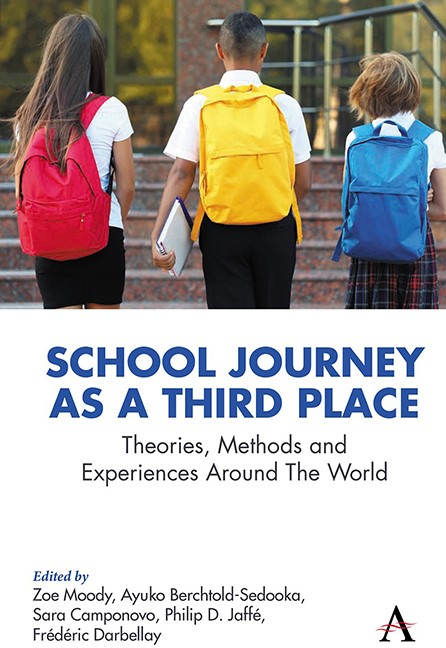Chapter 8 - How Does Families’ Daily Mobility between Home and School Change with the Trottibus, a Walking School Bus Program in Quebec, Canada?
Published online by Cambridge University Press: 14 November 2023
Summary
Introduction
The journey from home to school is one of the most frequent commutes in kids’ life, starting as soon as four years old in many countries. Accordingly, much research has been done in the past decades, addressing various dimensions of these journeys, from pedestrian injuries, to the preferred mode of transportation and their related physical (in)activity, to pollution exposure on the way. Using a case study in Québec, a province of Canada, this chapter aims to better understand the impacts of an active transportation initiative – the Canadian Cancer Society’s (CCS) walking school bus (WSB) programme on families’ daily mobility. The chapter is divided in four parts. The first two look at the literature on the decline of active transportation to school and initiatives to reverse it, including WSB programmes around the western world. The third part presents the results from the case study, while the last section briefly introduces a few insights related to this significant topic: the journey to school as a third space.
The Decline of Active Transportation to School
Although the potential benefits associated with using non-motorised modes of transportation for travel to and from school, walking to school has declined since the 1970s, especially in western countries. In the United States, from 1969 to 2009, the percentage of trips walked or biked to school dropped from 41% to 13% according to the National Personal Transportation Survey data (McDonald et al. 2011). In Toronto, the most populated city in Canada, the walking mode share for school trips declined from 53% to 43% between 1986 and 2006 for children between 11 and 13 years (Buliung et al. 2009). Similar trends were observed in Sydney, Australia, where 58% of younger children (5–9 years old) walked to school in 1971, a proportion reduced to 26% in the 1999–2003 Household Travel Survey (van der Ploeg et al. 2008). More recently, a study in four European territories (Czech Republic, Norway, Scotland and Wales) found stable rates of active transport (walking, biking) to school between 2006 and 2018, a reassuring trend despite variations between countries (55% to 30% on average) (Haug et al. 2021).
- Type
- Chapter
- Information
- School Journey as a Third PlaceTheories, Methods and Experiences around the World, pp. 171 - 186Publisher: Anthem PressPrint publication year: 2023

